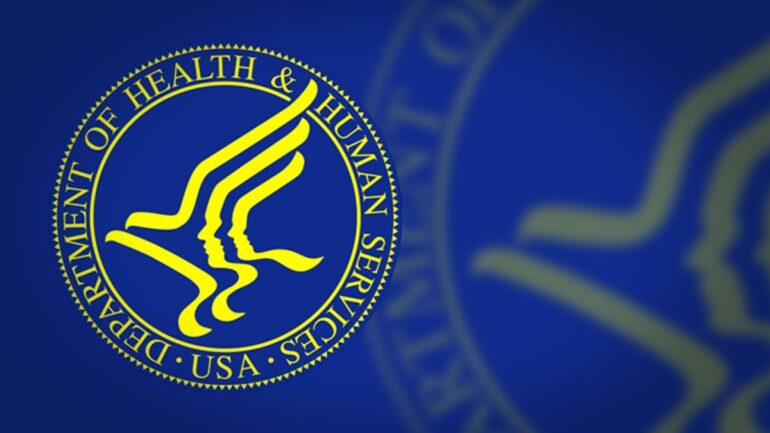TL;DR:
- HHS finalizes a sweeping regulation, HTI-1, focusing on AI transparency and interoperability in healthcare.
- ONC introduces nationwide standards for AI and algorithm transparency in health IT.
- HTI-1 implements provisions of the 21st Century Cures Act, emphasizing health IT certification and addressing information blocking.
- The regulation sets new expectations for AI transparency and risk management.
- ONC-certified health IT systems, used by a majority of healthcare providers, will need to meet new transparency requirements.
- Developers of AI and machine learning tools in healthcare must comply with decision support intervention requirements by the end of 2024.
- The rule aims to prevent health disparities and ensure evidence-based clinical decision support.
- USCDI Version 3 becomes the new baseline standard in the ONC Health IT certification program as of January 1, 2026.
- New information blocking definitions and exceptions support information sharing, with an exception for secure electronic health information exchange.
- Interoperability-focused reporting metrics are introduced for certified health IT technology.
Main AI News:
In a bold move aimed at reshaping the landscape of healthcare technology, the U.S. Department of Health and Human Services (HHS) has cemented a comprehensive regulation that ushers in new requirements for AI transparency and interoperability. This monumental initiative underscores the government’s commitment to advancing the use of predictive decision support tools in healthcare while ensuring that transparency and information sharing become paramount.
Termed the “Health Data, Technology, and Interoperability: Certification Program Updates,” or HTI-1 for short, this regulation represents a groundbreaking milestone. It implements crucial provisions from the 21st Century Cures Act, with a specific focus on health IT certification and addressing information blocking.
Under this rule, the Office of the National Coordinator for Health IT (ONC) lays down nationwide standards for transparency in the deployment of AI and algorithms within the realm of health IT. These standards are poised to revolutionize the way we approach artificial intelligence and predictive models, particularly in the context of clinical decision support and intervention.
As part of HTI-1, ONC introduces fresh expectations for the transparency and risk management associated with AI and machine learning technologies. These expectations aim to enhance the trustworthiness of predictive algorithms, thus facilitating their widespread adoption in healthcare settings. ONC defines AI/ML technologies as “predictive decision support interventions,” and their requirements will exert a significant influence on the development, deployment, and utilization of AI/ML tools in the healthcare sector.
The ONC-certified health IT systems, which are already the backbone of healthcare delivery in the United States, will now undergo a transformation. HHS’ regulatory approach is set to usher in responsible AI practices and provide clinical users with a standardized set of information about the algorithms they rely on. This will enable healthcare professionals to assess algorithm fairness, appropriateness, validity, effectiveness, and safety.
While the rules do not directly regulate AI and machine learning developers, they indirectly apply to them by imposing stringent requirements on certified health IT developers. Developers must align themselves with the decision support intervention requirements by the close of 2024.
Recognizing concerns from industry groups regarding the compliance timeline, ONC has adjusted the pacing of various requirements to alleviate the burden on healthcare providers and IT developers. The rules aim to ensure that algorithms do not perpetuate health disparities or compromise health equity, while also mandating access to supporting evidence for clinical decision support tools.
It’s essential to acknowledge that there will be a learning curve for clinicians to assess the quality of algorithms integrated into certified health IT systems. ONC is clear that the presentation of information within clinical workflows will be left to developers and their clients, with a strong emphasis on minimizing workflow disruptions.
It’s also noteworthy that these regulations do not apply to health systems that self-develop predictive decision support interventions.
Furthermore, this transformative rule sets the stage for the adoption of United States Core Data for Interoperability (USCDI) Version 3 as the new baseline standard within the ONC Health IT certification program, effective January 1, 2026. USCDI v3 brings updated patient characteristics data, promoting equity, reducing disparities, and bolstering public health data interoperability.
In addition to advancing interoperability, the rule revises information blocking definitions and exceptions to foster information sharing and introduces new interoperability-focused reporting metrics for certified health IT technology. A notable addition is the creation of an exception aimed at encouraging secure, efficient, standards-based exchange of electronic health information through the Trusted Exchange Framework and Common Agreement (TEFCA).
This landmark regulation is a testament to the U.S. government’s dedication to building a strong digital foundation for healthcare, simplifying interoperability, and ensuring the responsible use of digital information and tools for the betterment of all Americans. The healthcare technology landscape is poised for a transformation of monumental proportions.
Conclusion:
These regulations represent a significant leap forward in healthcare technology, fostering transparency and interoperability in AI adoption. Developers and healthcare providers must adapt swiftly to meet these standards, ensuring fairness, equity, and improved patient care. The market will witness a surge in AI and health IT advancements as these regulations promote responsible AI practices.

